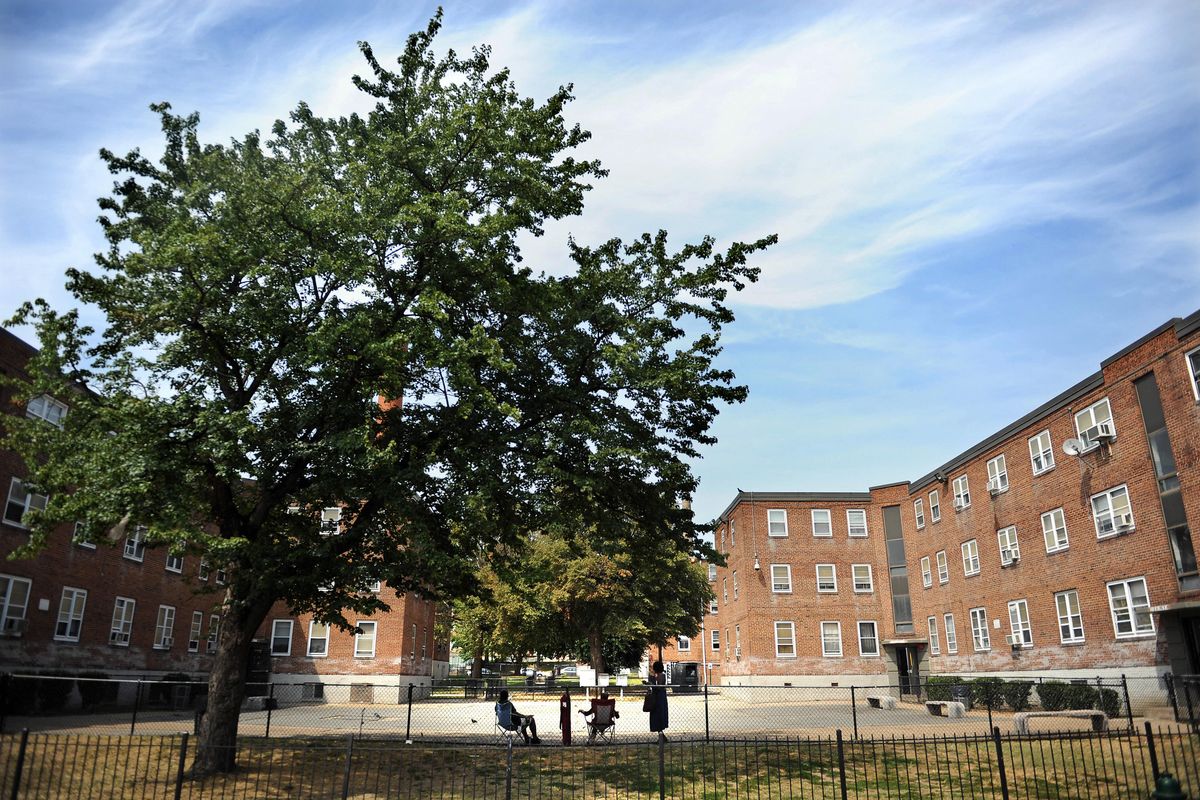The number of homes owned by millennials is increasing in Washington, D.C. as people who are 37 and younger comprise the largest share of home buyers at 36 percent in 2017, as per a report from the National Association of Realtors.
“Sixty-five percent of these buyers were also first-time home buyers. The largest cohort in America is growing up and becoming more traditional in their buying habits,” the report said, adding that this year’s report witnessed an increased share of those who purchased in suburban locations and who purchased detached single family homes.
“Forty-eight percent of buyers 37 years and younger now have children under the age of 18 in their home, 66 percent are married couples, and 15 percent are unmarried couples,” the report added.
The National Association of Realtors has been releasing the Home Buyers and Sellers Generational Trends Report since 2013. The report analyses difference and resemblances between the past and present generations of home buyers and sellers.
However, the process of buying homes for many millennials in the D.C. area is becoming expensive as student loans and inability to make down payments have taken a toll.
According to the NAR report, about 53 percent of millennials who had bought homes said their student loan debt doesn’t allow them to buy homes for several years. A total of 46 percent of millennials are facing student loan debt which is the maximum compared to other generations.
According to Yesim Sayin Taylor, the executive director of the D.C. Policy Center, the district population has increased in the last ten years, and most of the growth has been witnessed among millennials who have moved into the DC area over the years.
“In D.C.’s tight housing market that means affluent single and coupled millennials are competing with lower-income families when it comes to homeownership,” said Taylor.
“Well-off baby boomers who have sold their homes in the suburbs to move into the District are also competing. So now you have poor millennials looking for a place to live and they’re competing with people who’ve just sold a house for $1 million in Potomac and they have the cash to buy some luxury thing,” said Dawn Leijon from Kogod School of Business, American University. “There’s a lot more demand than there was 30 years ago.”

